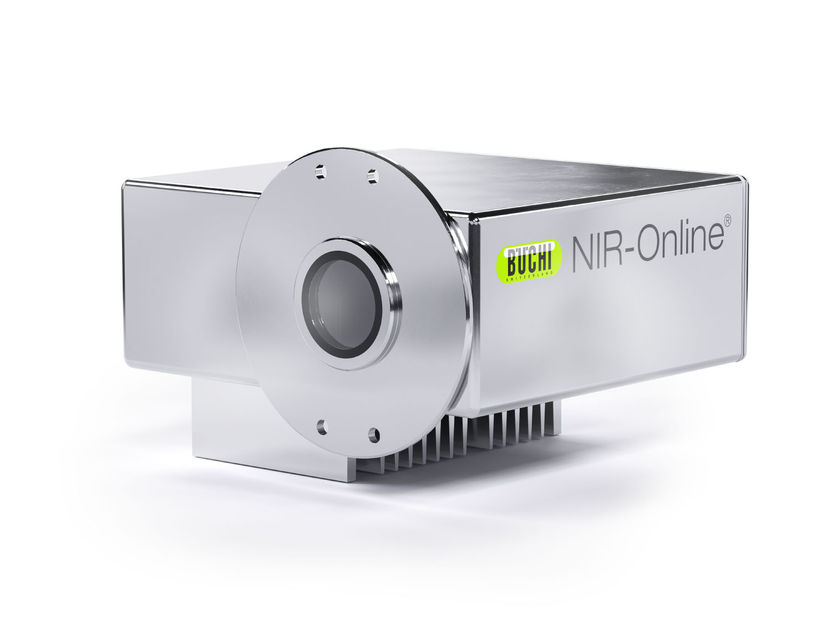The science behind Magnum Bon Bon bite-sized ice creams
3D printed prototypes created the optimal Bon Bon size for packing and transportation
Making Magnum’s new Bon Bons as good as their full-sized originals requires smart R&D. Discover how robotics and AI helped fast-track production to bring the new tubs of shareable bite-sized ice creams to market.

Unilever
Introducing Magnum Bon Bon, the latest indulgent and premium bite-sized format from Magnum ice cream.
Sold in 12-piece shareable tubs, the Bon Bons aim to meet growing consumer demand for portion-controlled indulgence, especially among Gen Z. According to research, factors like their love of new flavour experiences see 90% of this demographic enjoy snacks at least once a day.
However, creating smaller ice cream bites with the same taste and texture as their full-sized counterparts isn’t a simple case of shrinking processes to fit.
The challenges in recreating Magnum’s taste and texture in smaller sizes
As you miniaturise products, the standard processes and tolerances used to make a full-sized Magnum product no longer apply.
Instead of a hand-held stick, Bon Bons are designed to be picked up with fingers and consumed directly from the tub.
Good coverage of Magnum’s signature cracking chocolate is essential. And for extra indulgence each piece needs to reveal ribbons of sauce as you bite into them.
To achieve this, the ice cream R&D team needed to create an ice cream formulation that didn’t melt too quickly in consumers’ hands.
The Bon Bon production process had to ensure Magnum’s signature qualities were consistently reproduced in each piece, at speed and in larger volumes.
And each tub of multiple pieces needed to be packed to survive the cold chain and delivery.
AI and robotics: speeding innovation and new products to market
The Advanced Prototype Engineering Centre and Advanced Manufacturing Centre located at Unilever R&D hub in Colworth, UK, were pivotal to the new product’s development.
Bringing Bon Bons to market at speed required high levels of automation and robotic solutions that had never been used before in ice cream manufacturing.
The Advanced Prototype Engineering Centre provided access to computer-aided design, computer-aided manufacturing (CAD/CAM) and 3D printing equipment to test product specifications.
The Advanced Manufacturing Centre’s pilot-scale mixing plant and filling lines created small-batch product runs. These were tested to reduce waste and maximise the efficiency of production lines.
Automating and innovating production processes
3D printing created prototype bites to find an optimum size. This helped ensure the smooth packing of the 12 pieces into tubs. It was also used to upscale the process to a factory-ready production line.
The other big challenge with creating a cold ice cream covered in warm chocolate is speed of production. A process line needed to be designed and constructed that could make more than 200 million bites per annum.
“Together with our supply chain teams, we developed some very sophisticated systems to ensure ice cream, sauce, coating and inclusions are dosed at the correct weight, volume and temperature to give consistent product architecture and experience,” says Paul Sherwood, Lead R&D Process Engineer.
Instead of the dipping process used to achieve the thick chocolate coating for Magnum ice cream sticks, the team developed a chocolate ‘enrobing’ process. This sees thousands of ice cream pieces per minute pass through a ‘chocolate waterfall’.
The new design deposits a specific amount of chocolate covering onto each bite. It keeps waste to a minimum and ensures there is no compromise to each Bon Bon’s ice cream filling.
Finally, the Advanced Manufacturing Centre produced small batches of variants to support consumer testing and trade sell-ins for business customers.
Micro formats: a taste of the future
The Magnum Bon Bon launch underscores Unilever’s ability to innovate fast and cater to the dynamic preferences of modern consumers.
New ice cream products can be difficult to make and many need specialist equipment. These two facilities provide future-fit capabilities for the fast development and testing of new products and manufacturing technologies for ice cream and beyond.
“It has been a fantastic team achievement to take this project from idea through to full industrialisation,” adds Paul.

































































